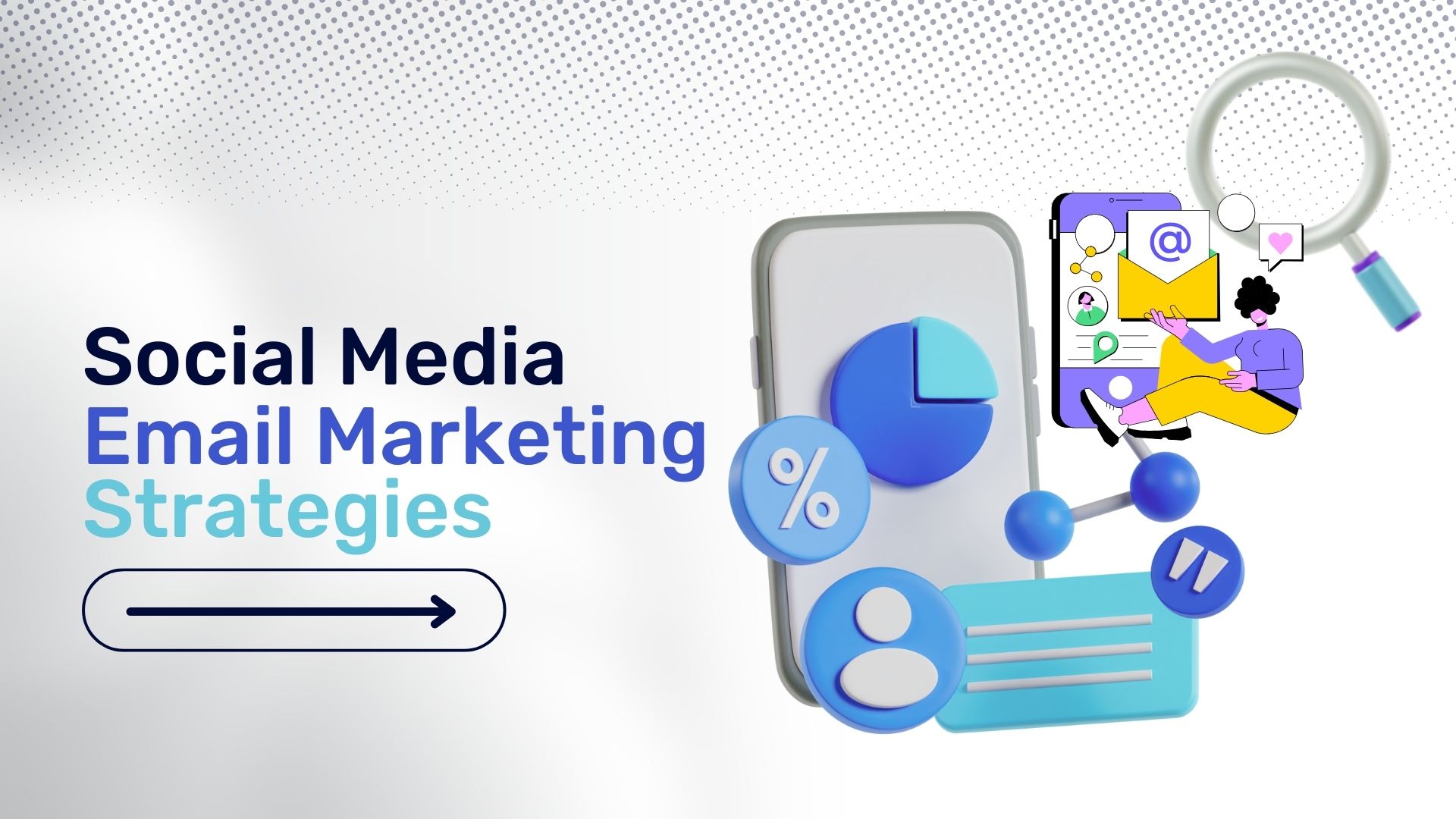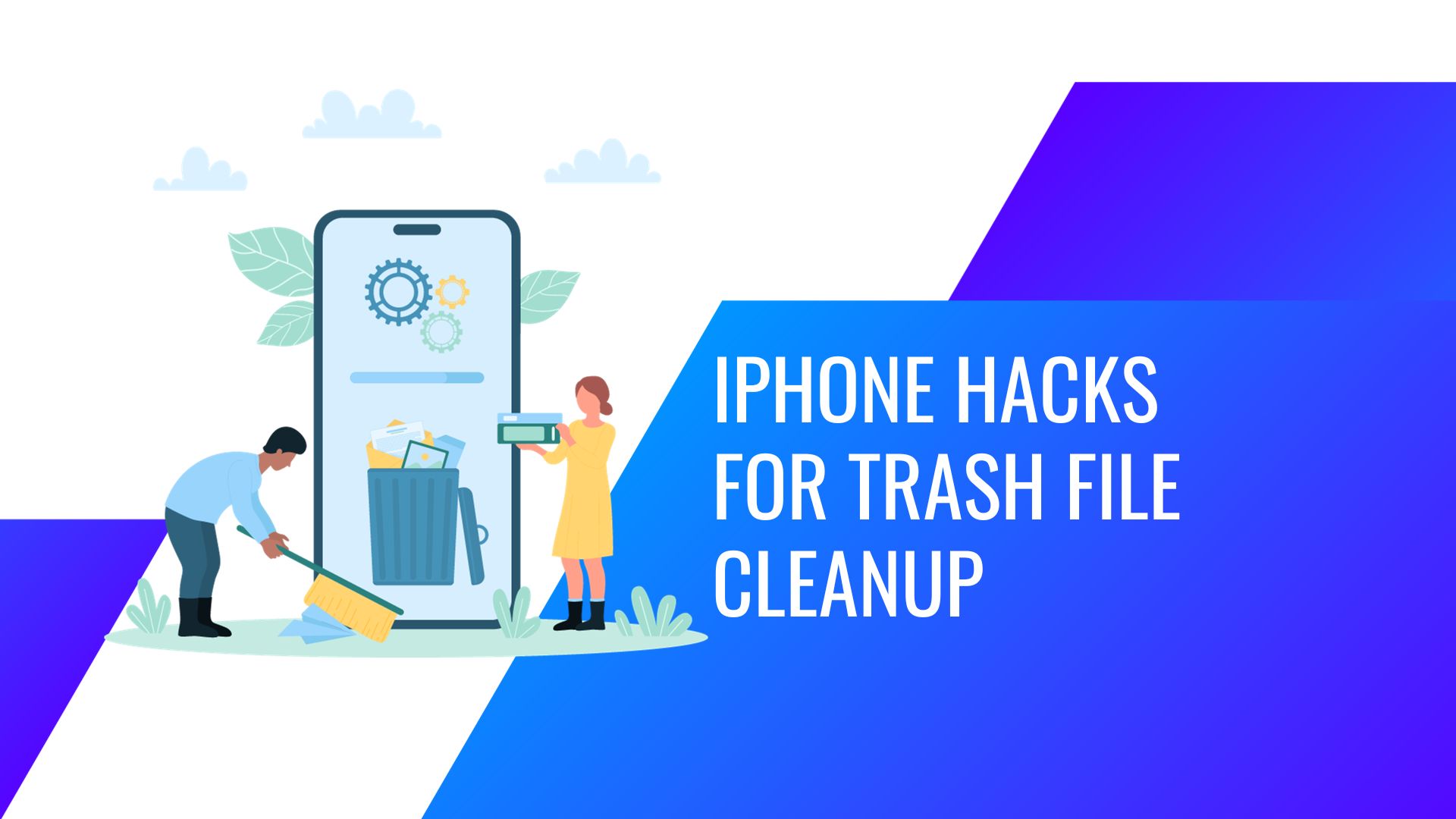Using Analytics to Measure Mobile App Success
By Nitin Bhatia
At an undisclosed location, the countdown has been initiated: five, four, three, two, one and deployment! A few tense moments follow and then a burst of joy. High fives, chest bumps, the whole nine yards. After countless hours put into developing a mobile app, the team successfully deployed it to the app store.
Time after time, I’ve seen organizations treat the deployment of a mobile app to the app store (or even their millionth download) as a success.
Though relevant, these milestones are not what define the success of a mobile app. The definition of success for a mobile app is something that should be outlined even before jumping into development.
Enter Mobile Analytics
While analytics may not be the end-all, know-all for determining the success of a mobile app, it provides a platform for organizations to create and test hypotheses. More important, an organization can’t determine if its mobile app is a success without first defining and measuring the criteria for success.
Organizations build mobile apps for a variety of reasons and, depending on the audience, the business drivers vary. Defining a set of metrics that relate to key business drivers gives organizations the insight needed to validate those reasons, which might include cost savings, increased sales, higher productivity or improved efficiency.
Let’s take a real world scenario: A clothing retailer has built a mobile app that showcases its clothing line, with the goal of increasing customer engagement through its digital channel and thus increasing conversion.
Apart from collecting analytics around app discoverability, such as number of downloads or discovery type (organic/promotion/featured), the clothing retailer should also capture app usage metrics like number of unique users, number of active users, visitor flow and drop-off, shopping cart abandonment, social referrals, custom variables and more. It should also capture performance-related metrics such as number of crashes, load time at launch, load time per view and number of times deleted.
This information will help the retailer build a complete picture on how it is progressing toward its goals for engagement and conversion. Upon analyzing this information, organizations could identify issues associated with bad user experience, unresponsive app performance or app discoverability. Additionally, these statistics could be used to direct future spending toward building or enhancing those app features that are most requested or used.
6 Tips for Using Mobile Analytics
By now most of us are aware of the various tools available to capture and track analytics for mobile apps and mobile websites. The analytics space can be tricky, however. Here are a few caveats when considering mobile analytics:
Analytics is Not a Crystal Ball. Most organizations treat analytics as “the answer” to all their questions. In reality, analytics is a means of getting to the answer. It eliminates the guesswork and sets the stage for making informed decisions.
Respect Mah Privacy. As Cartman goes around forcing people to “respect mah authoritah,” I sometimes wish I could enforce organizations to “respect mah privacy.” Jokes aside, organizations need to recognize proper privacy boundaries and not get too creepy when it comes to tracking users and their usage patterns. It is not only an ethical issue but one that could also lead to lawsuits and other problems, ultimately damaging the company’s brand.
Data, Data Everywhere. With tons of Big Data and cloud solutions, organizations are able to collect mounds and mounds of data at a fraction of the cost. But data collection is just the first step. If organizations can’t turn this data into meaningful information from which to create a set of actionable steps, it might as well not collect the data in the first place. Understanding the relationship between metrics and business drivers is crucial when describing how these metrics impact the business.
Wash, Rinse, Repeat. Analytics are not a “one and done” process. As an organization evolves, so do its analytics needs. By starting small and simple, organizations can continuously iterate to develop their analytics footprint. This constant reviewing and tweaking will ensure organizations are always working with a meaningful, relevant set of analytics.
In-App Analytics vs. Web Analytics. Gathering analytics from a mobile website is very different from gathering them for a mobile app, primarily due to differences in navigational and usage patterns. Mobile websites are designed around pages—heavily reliant on clicks or taps to capture user interaction—whereas mobile apps are designed around behaviors, using gestures to capture interaction. Recognizing the difference between the two will clarify which metrics to capture and will help avoid any confusion down the road.
Consistency Is Key. Being consistent in the way your organization measures its analytics will provide a solid baseline for future analyses, one that will provide rich context as the organization grows its analytics footprint.
Analytics are an essential component of any mobile app and provide organizations with a platform crucial to making educated decisions around increasing adoption and improving ROI. Without them, we might as well blindfold a monkey and have it throw darts at a laundry list!
Nitin Bhatia is a technology enthusiast, working at Propelics, a leader in enterprise mobile strategy that also delivers world class mobile apps. He has several years of consulting experience, helping companies craft solutions that focus on delivering value on their key initiatives. He shares a passion for emerging technologies and trends, and blogs about technology’s ever-changing landscape. Nitin can be reached at [email protected].

Sean Michael is a writer who focuses on innovation and how science and technology intersect with industry, technology Wordpress, VMware Salesforce, And Application tech. TechCrunch Europas shortlisted her for the best tech journalist award. She enjoys finding stories that open people's eyes. She graduated from the University of California.








